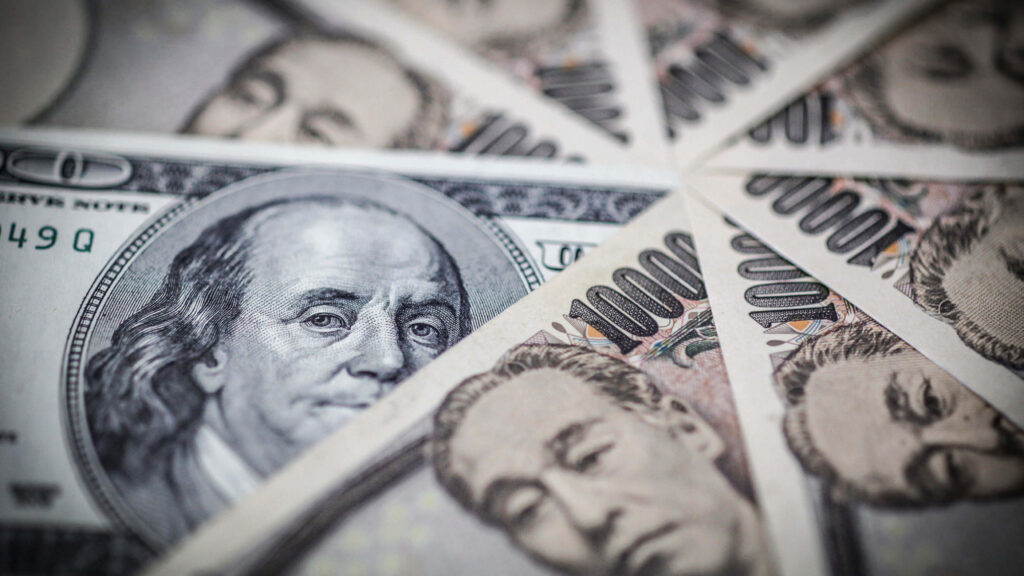(Reuters) – Jitters about global growth, particularly in China, caused the safe-haven U.S. dollar to hit multi-month highs on the Japanese yen, euro and pound on Tuesday and sent the Aussie dollar down over 1.5% as the Reserve Bank of Australia kept rates steady.
The euro was down 0.56% at 1.0735, while sterling fell 0.6% to $1.2559, with both hitting their lowest levels since mid June after poor activity data in China and Europe drove a risk off tone across asset classes.
The dollar climbed 0.63% against the yen to 147.42, its highest since November, and the dollar index, which tracks the greenback against six main peers, rose 0.56% to 104.75, its highest since March.
China’s Caixin services PMI was at levels last seen when vast swathes of the country were under lockdown, the latest in a series of weak data points from the world’s second largest economy, while euro zone business activity also declined faster than estimated last month.
“The twin drivers of dollar strength of U.S. higher yields and weaker growth conditions outside the U.S. are still in fifth gear,” said Simon Harvey head of FX analysis at Monex Europe.
U.S. treasury yields rose. The U.S. 10-year yield was up 5 basis points at 4.2261%.
The China-exposed Australian dollar was the most affected, falling 1.6% to $0.6363, its lowest since November, also hurt by the RBA’s latest policy update.
The central bank left its benchmark cash rate on hold at 4.1% for a third month in a row, and although it left the door open to future increases, markets pricing reflects expectations that rates would go no higher from here.
“The RBA’s policy stance overall remains a weight on the Aussie, especially against the U.S. dollar, where the Fed funds rate seems highly likely to remain 125+ basis points above the RBA cash rate deep into 2024,” said Westpac analyst Sean Callow.
The U.S. dollar also climbed against China’s currency, and was last up 0.42% at 7.3081 against the yuan traded offshore and up nearly as much in onshore markets.
The greenback hit multi-month highs on the Canadian dollar and Swedish crown rising as high as C$1.2669, its highest since March, and gaining as much as 0.95% against the Scandinavian currency crown at 11.111, its highest since November 2022. It also rose as much as 1% on the Norwegian crown. NOK=D3>



